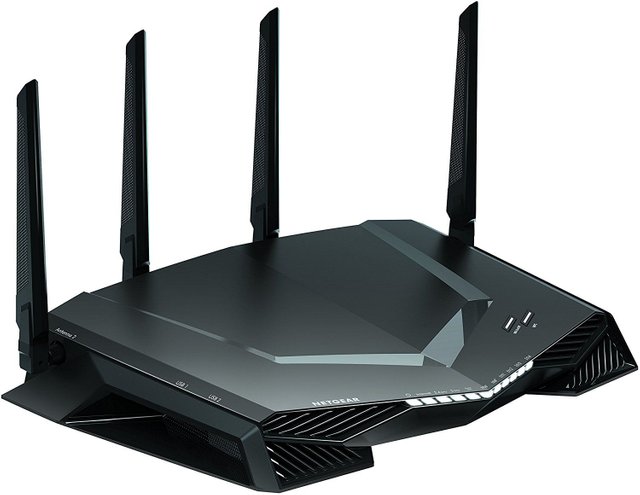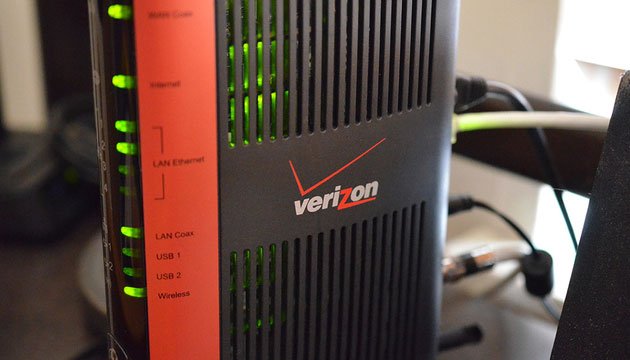How do I know if my operator's router is good?

The router, the main equipment of our digital home, gives us connectivity with the Internet and local network, allows us to access streaming services, play online, surf the web, make video calls, access email and support the "intelligent" equipment of the house.
However, it is an unknown element for a large mass of users that after being installed by the technician of the operator and find out the key of WiFi will probably spend the days camouflaged in the room, without paying attention, governing in the background the behavior of our access to the Internet.
As long as everything works perfectly there is no problem, but when we start to suffer slowdowns, cuts in the wireless connection, stops in the videos or excess of ping in the games then the doubt arises: Is good enough the router that my operator has installed for me or would be convenient to change it for a better one?
Assessing our needs
In recent years, we have been periodically reviewing the offer of routers that operators give us when hiring their services, reaching the conclusion that they have progressively improved their capabilities both in speed and additional features.
However, we must not forget that these types of devices have only one reason for being: to give basic support to the activities we have contracted with the operator and in the best of cases also be prepared for future upgrades and improvements in the service. That is to say, depending on the type of access to which we are subscribed we will have a router with greater or lesser features.

For example, if we only have ADSL coverage, we usually get a router with little processing capacity and very limited connectivity, both in local networks with ports that will not exceed 100 Mbps and in the WiFi interface that will hopefully be N-type to 150 Mbps.
If we have fiber optic coverage the situation improves considerably, since in recent years operators have opted for much more powerful equipment that are prepared for speeds of up to 1 Gbps (although we have contracted a slower access of for example 100, 300 or 600 Mbps), which has resulted in Ethernet ports and much faster wireless interfaces.
So is my operator's router good enough? It will depend on the use we are going to make of our local network, the digital services we access and, above all, on how it behaves on a day-to-day basis. If in general it satisfies our needs with good speed, stability, sufficient coverage of the wireless network in all the rooms and a reasonably quick response, we probably won't have the need to look for another model or alternative.
If on the other hand, and despite having a good connection with our ISP, we suffer from frequent cuts in WiFi, low speed Internet access, little wireless coverage, occasional hangups of the router itself, continuous stops in video services such as YouTube or Netflix even when we are accessing via Ethernet or similar problems, then perhaps we should take some measures to improve or replace our beloved equipment.
The least I'd ask of a router in 2019

Routers are complex computer systems that include processors, coprocessors, input and output ports, RAM memories and operating systems, features that in many cases are not clearly specified in the user manuals included in the box.
Therefore, it is difficult to assess whether one model is better than another, taking into account only this type of parameters, especially in equipment provided by operators, where paper instructions are usually absent, referring, in the best case, to a web link with scarce technical information and usually of little use.
However, there are some features or functionalities that we should ask a router in 2019 to be able to offer minimal performance. For starters, it is recommended to have 3 or 4 free Gigabit Ethernet ports that allow us to move large amounts of data over the local network. But they are also necessary if we want to contract fiber connections higher than 100 Mbps and we are going to use wired links at home.
The classic ports at 10/100 Mbps can still be valid for ADSL connections, but if our router only has this type of connections we will be limiting the possibilities of the internal network when transmitting 4K video content or connect several computers simultaneously at maximum speed.

As for WiFi connectivity, the minimum we can ask a router this 2019 is to have WiFi N interface in 2.4 GHz of at least 300 Mbps and if possible is recommended to be accompanied by a complementary WiFi AC interface in 5 GHz that allows us to connect televisions, multimedia players and high-speed ancillary systems, even if only in the room where the router is, since the penetration capacity in this band is lower than that obtained in 2.4 GHz.
It is also advisable to have some extra connectivity in the form of USB 2.0 or 3.0 ports if we want to share streaming content with all network equipment simply by connecting a memory or hard drive to the router, use it as an automated backup system, local print center, and even to save BitTorrent downloads if the router can function as a client of this P2P network or to mount an FTP server, although the latter are more typical functions of a NAS that will probably also give us better features.
Congratulations @the-tick! You received a personal award!
You can view your badges on your Steem Board and compare to others on the Steem Ranking